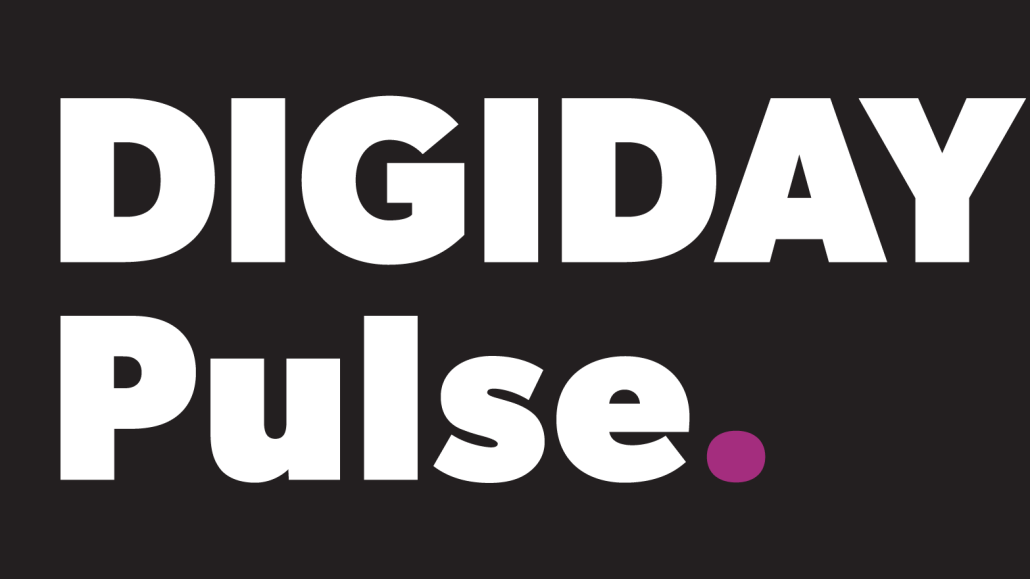Register by Jan 13 to save on passes and connect with marketers from Uber, Bose and more

We asked our publisher VIPs at September’s Digiday Publishing Summit whether they’re yea or nay on virtual or augmented reality video. The numbers show that the nascent technology has a long way to go before reaching saturation – but it’s definitely on its way.
VR has a serious reputation for being expensive, both in terms of the production technology and the gear users need to experience it. But some publishers have found their way around this.
The Associated Press uses low-cost equipment (like Ricoh cameras that cost under $400) and Samsung gear. Three-sixty-degree video, VR’s less-flashy cousin, can be produced with 360-degree cameras from China that cost less than $60. About 4 million consumer cameras are expected to be sold by 2021. (Digiday)
Partnering with startups or other third parties also helps reduce production costs, a tactic both the AP and Time Inc. are employing.
And while AR gets less attention, it’s already a part of consumers’ lives through applications like Snapchat lenses and, of course, Pokemon Go (though this seems to be more of a brand play than a publisher tactic for now).
Is there even an audience for all this? Well, in May, Samsung announced that 1 million consumers had used its VR headset at least once in the past month, and they expect to sell 15 to 16 million in the next 12 months. (Digiday)
Further Reading
What the Associated Press has learned from a year of VR
Four things marketers should know about VR
Beauty brands embrace augmented reality
More in Media

Future starts to sharpen its AI search visibility playbook
Future is boosting AI search citations and mentions with a tool called Future Optic, and offering the product to branded content clients.

Digiday’s extensive guide to what’s in and out for creators in 2026
With AI-generated content flooding social media platforms, embracing the messiness and imperfection of being human will help creators stand out in the spreading sea of slapdash slop.

Media Briefing: Here’s what media execs are prioritizing in 2026
Media executives enter 2026 weathered by disruption, but refocused on AI revenue, brand strength and video and creator opportunities.






